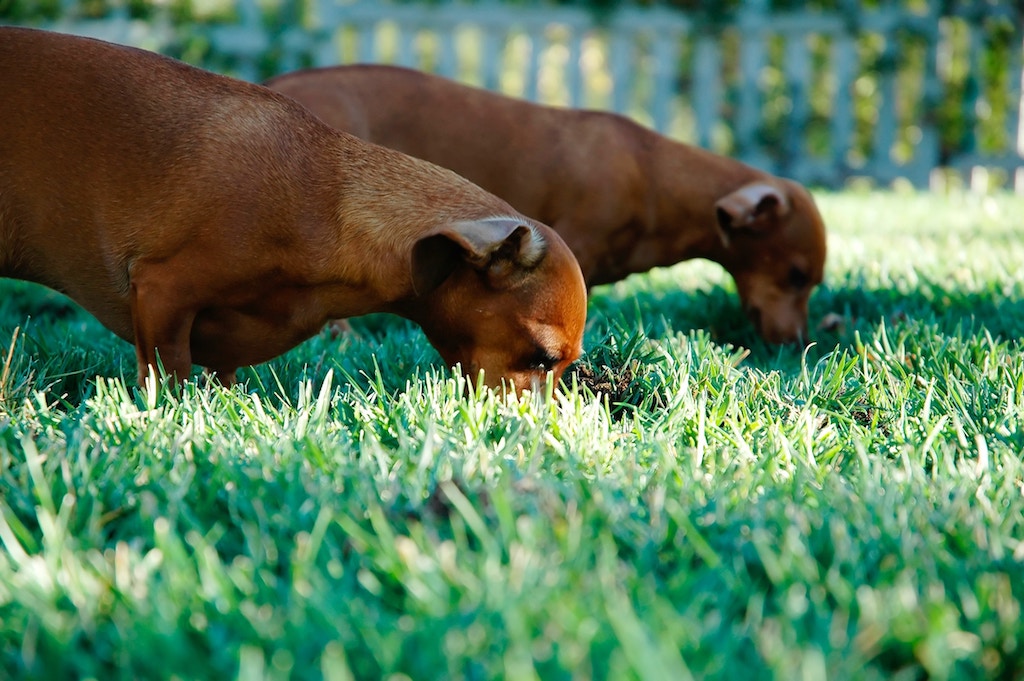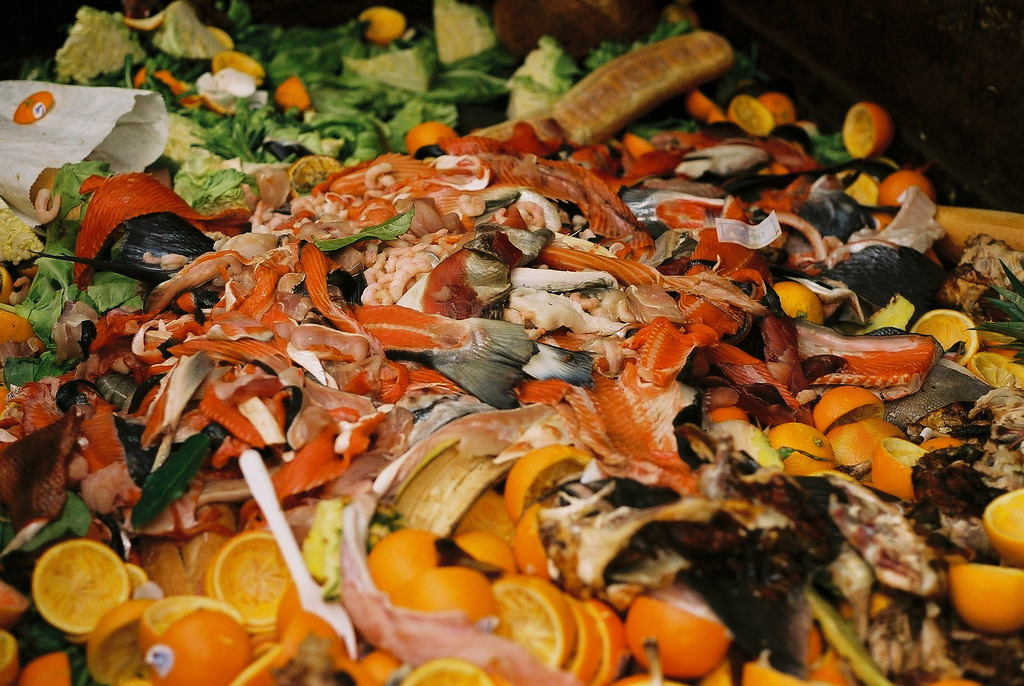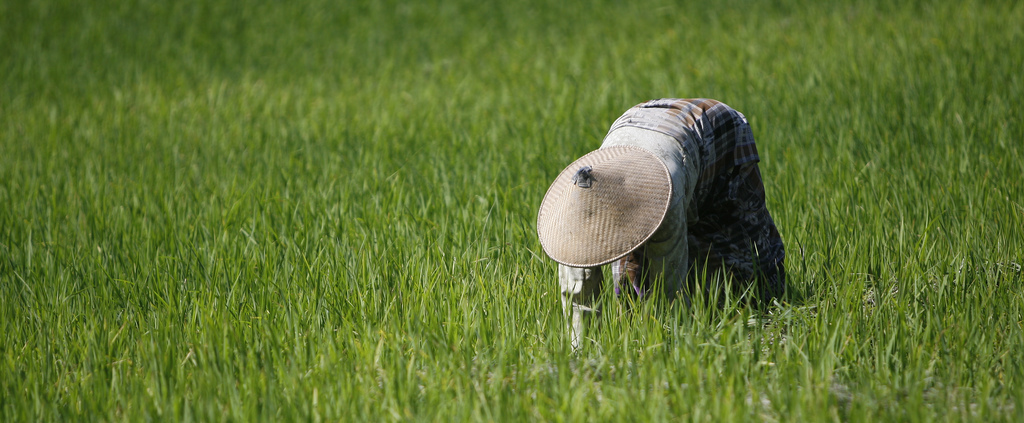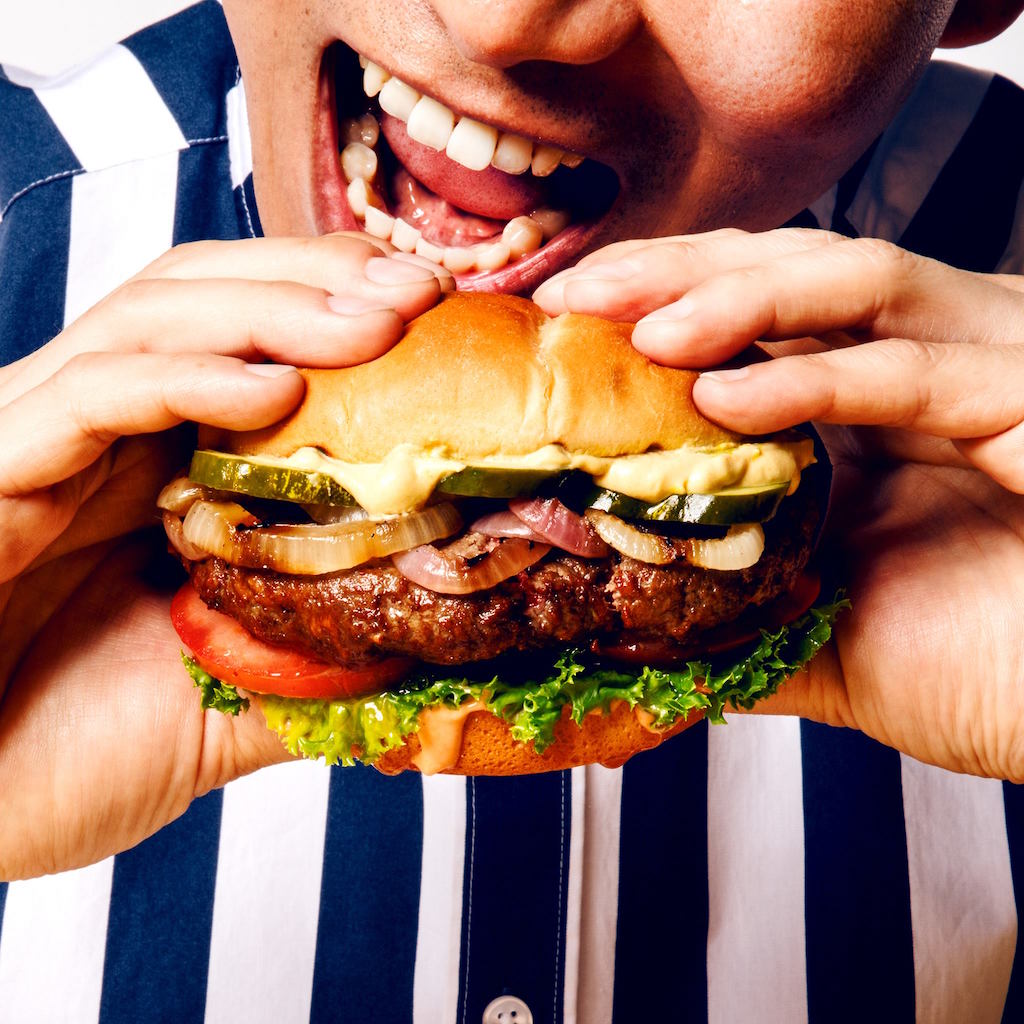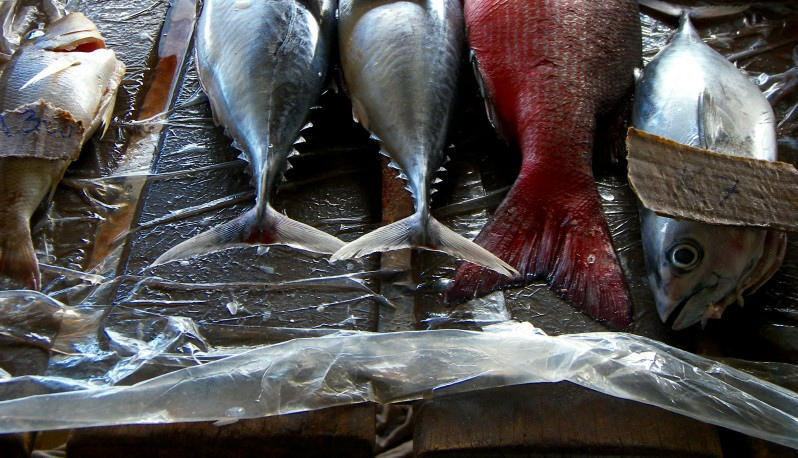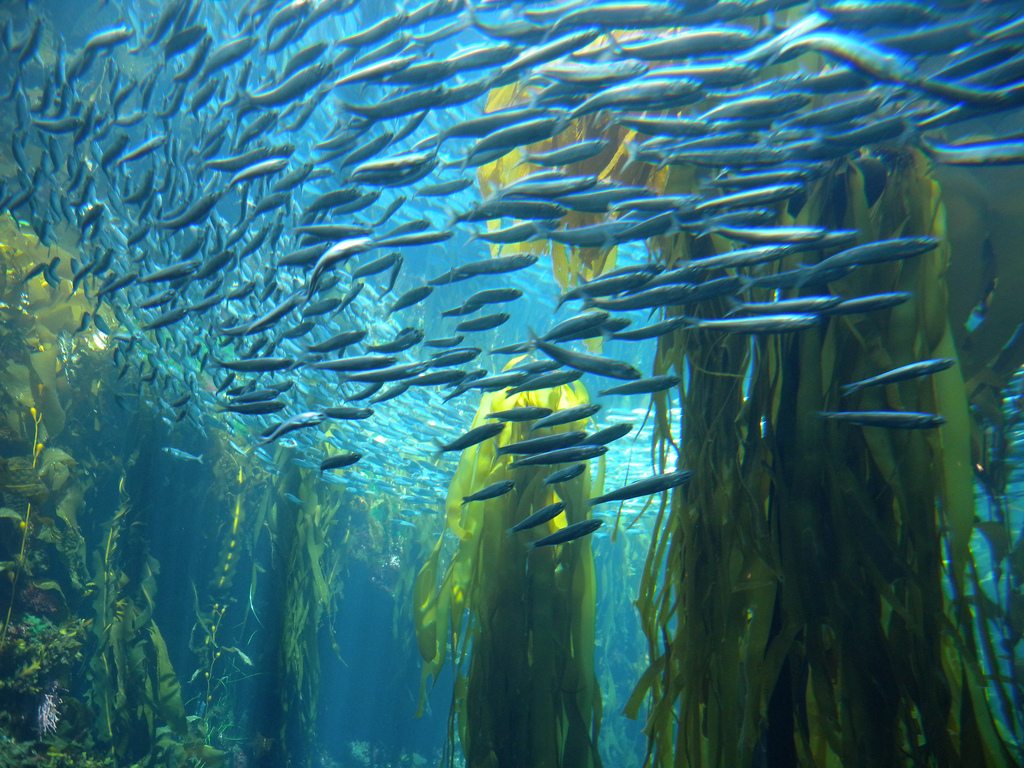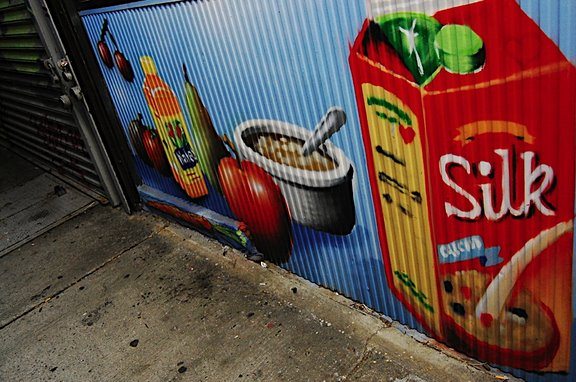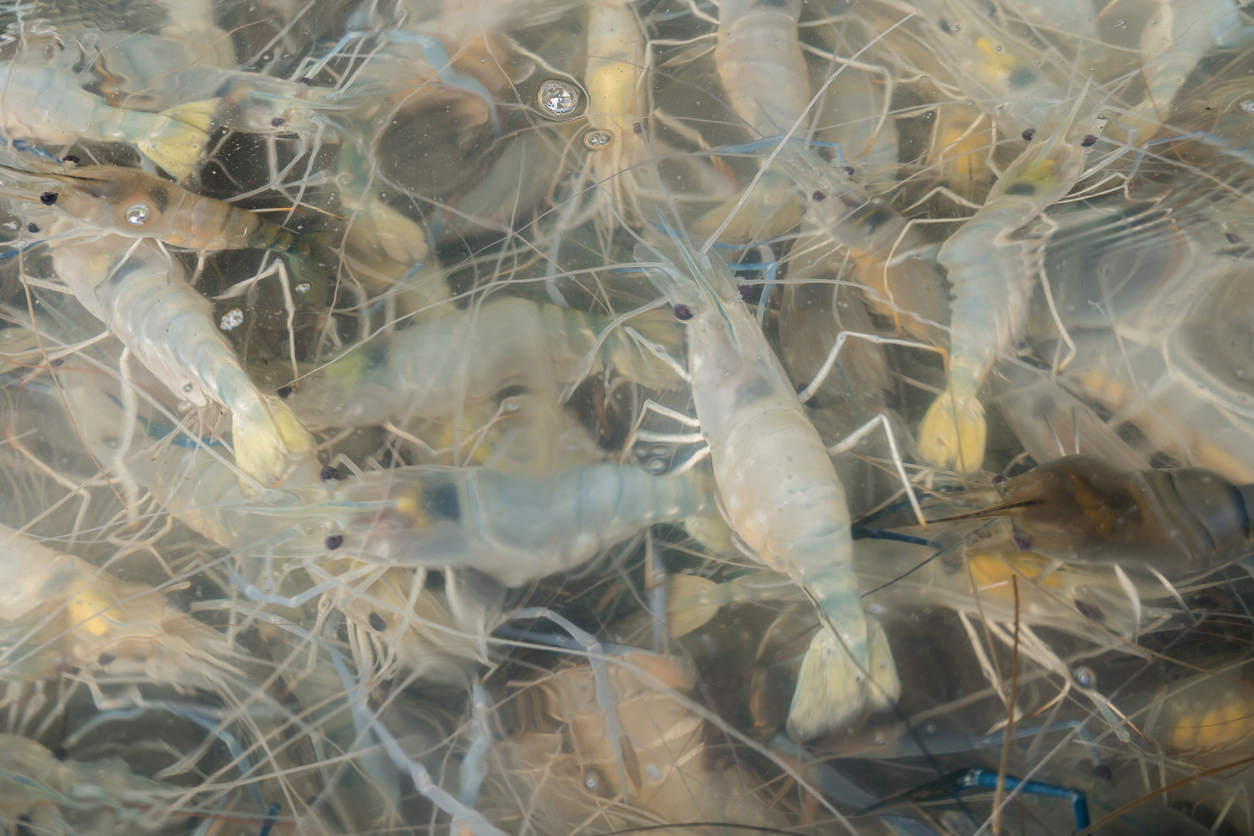
UpPiJ / iStock
Replacing fish food with plants may not be as planet-friendly as it seems, according to a new study on the ecological impact of feeding soy and other land-grown crops to farmed seafood. These plant-based feeds are an alternative to, well, other sea creatures, which is what many species like shrimp and salmon eat in the wild. Published in the science journal Sustainability, the new study—which involved which involved an international and multidisciplinary team of experts—quantifies the effects that plant-based feeds have on land, water, and fertilizer use. The numbers that emerge challenge the prevailing notion that simply swapping fish-based fish food for plant-based fare can minimize the environmental footprint of aquaculture.
The interlocking limitations of fish-based feed, also known as fishmeal, have long confounded the aquaculture industry. For one, its ingredients—small, wild fish lower in the food chain, known as forage fish—are a finite resource. And as the global appetite for seafood continues to rise, so does the pressure to catch more. That means that fishmeal is becoming more costly and harder to source. As a result, producers have been trying to reduce their reliance in recent years.
“When shrimp farming became very popular 30 to 35 years ago, there was kind of a preference to grow as many shrimp as you can, as fast as you can, and get them out on the market,” says Cheryl Shew, a representative of specialty feed manufacturer Ziegler Bros. Inc. But like much of the industry, Ziegler began to experiment with soy as a partial substitute fishmeal in its feed products beginning in the early aughts, Shew tells me.
So why not just completely replace fishmeal with plants? It’s not as easy as it sounds—or as environmentally-sound, as it turns out.
“Aquaculture is the fastest growing food sector in the world at the moment,” Malcorps says in a phone interview, citing a report on aquaculture from the 2018 Fisheries and Aquaculture Organization of the United Nations (FAO). “However, if we want to sustain the current aquaculture growth that we see…we need a lot more aquafeed.”
Using data collected from prior scientific research and FAO, Malcorps created a mathematical model that calculated the land, water, and fertilizer use for various combinations of fishmeal and plant-based inputs like soy—a common substitute for fishmeal—or a soy-free canola- and pea-based feed (research on these plant alternatives is more nascent compared with soy).
To design realistic combinations of fishmeal and plant-based ingredients, he used proprietary feed formulation software. Malcorps focused on two popular species of farmed shrimp: whiteleg and black tiger. For each, he created a baseline feed that included high levels of fishmeal, then a series of other feeds with incrementally less fishmeal and proportionally more plant-based substitutes.
The implications here aren’t negligible. If aquaculture companies use increasing amounts of plant-based ingredients for fish feed, those changes can aggregate into a consequential change in land farming.
“The continuing trend of increased inclusion of terrestrial plant-based ingredients may lead to competition for land, causing social and environmental conflicts, which may in turn affect the resilience of the global food system,” the study notes.
In a globalized world, food production doesn’t—can’t—operate in a vacuum. Instead, it interweaves human and natural systems, on land and in water. Any change in one sphere is bound to cause reactions in others. The takeaway is that neither fishmeal nor plant-based feed is clearly better for the environment than the other.
“It’s about looking at the strategic inclusion of these ingredients in relation to their availability,” Malcorps says. “It’s about finding a balance between the marine and terrestrial ecosystems—because both systems are under pressure.”


